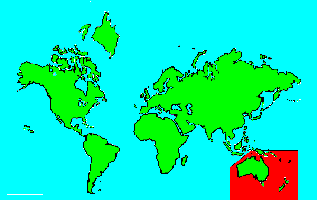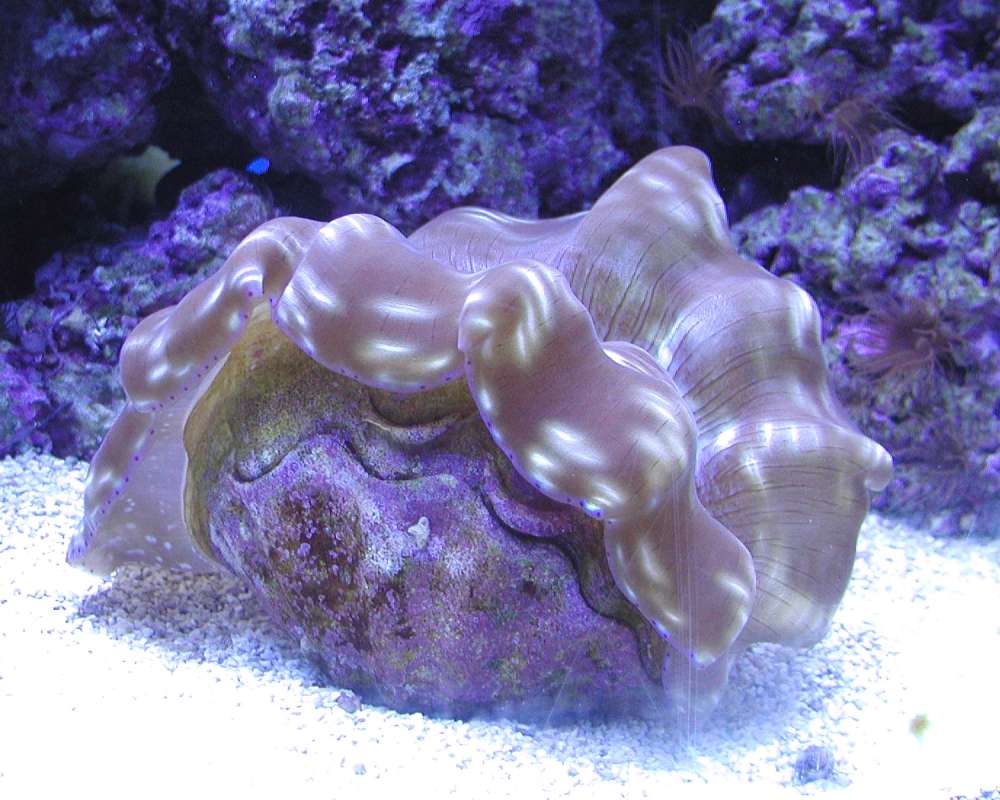SPECIES INFO
Giant clam (Tridacna gigas) is found in the southwestern portion of the Pacific Ocean. Each shell of a gigantic dried specimen weighed over 250 pounds or 500 pounds for both shells. The shell lengths can be up to three feet long. This is the largest known mollusk.Giant Clams (Family Tridacnidae) contains the largest clams in the world. They are found in Coral Reefs.
Clams (Order Veneroida) contain shells with two equal valves.
Bivalves and Clams (Class Bivalvia) are found in both fresh and salt water. Several different methods of classification have been proposed for dividing this class into orders and families. The Field Guide to Seashells of the World by Gert Lindner is a good summary of the various taxonomic systems. Bivalves typically strain water for micro-organisms.
Mollusks (Phylum Mollusca) are a large and varied group of animals. Some species are found on land; others are found in freshwater; many are found in the oceans of the world. The most familiar mollusks have an external shell surrounding a soft body. Well-known examples of mollusks are snails and clams. The major classes are as follows:
Ablacophora: - - - Worm appearing
Polhyplacophora (Amphineura): - Chitons
Scaphopoda: - - - Tusk Shells
Gastropoda: - - - Gastropods
Bivalvia (Pelecypoda): - Clams, etcetera
Cephalopoda: - - - Octopus, Nautilus
Monoplacophora: - - - A recent discovery
Animal Kingdom contains numerous organisms that feed on other animals or plants. Included in the animal kingdom are the lower marine invertebrates such as sponges and corals, the jointed legged animals such as insects and spiders, and the backboned animals such as fish, amphibians, reptiles, birds, and mammals.


